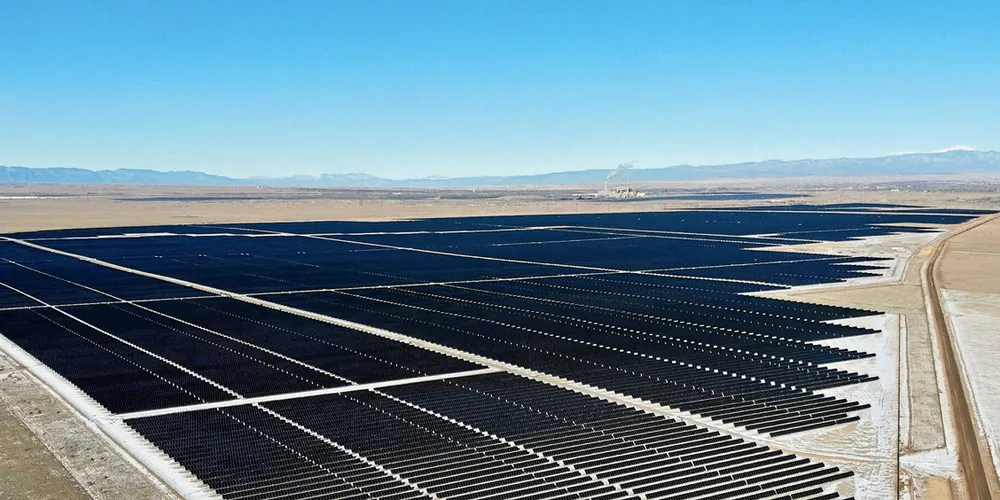Rampant solar to dominate US grid-power growth through 2025: EIA
Government incentives to help PV pile on 79GW over next two years, says Energy Information Administration

Government incentives to help PV pile on 79GW over next two years, says Energy Information Administration
